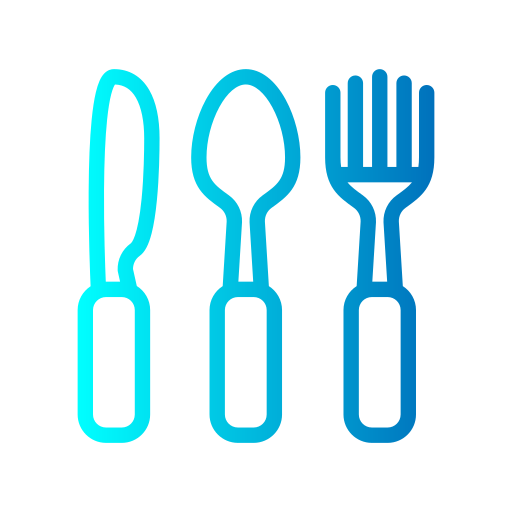Can You Eat Lamb?
Lamb is a widely consumed meat enjoyed by many cultures around the world. It is often considered a delicacy due to its unique flavor and tender texture. Understanding the benefits, nutritional content, and cooking methods of lamb can enrich your culinary experience.
In a Nutshell
- Lamb is a nutritious and flavorful meat: It is rich in protein, vitamins, and minerals.
- Choosing quality lamb: Opt for grass-fed lamb for better taste and health benefits.
- Cooking techniques matter: Lamb can be grilled, roasted, braised, or stewed for varying textures and flavors.
- Health considerations: Balance lamb consumption with other protein sources and follow proper cooking safety guidelines.
Table of Contents
- Nutritional Benefits of Lamb
- How to Choose Quality Lamb
- Cooking Techniques for Lamb
- Health Implications of Eating Lamb
- FAQs About Eating Lamb
Nutritional Benefits of Lamb
Lamb is not only delicious but also a powerhouse of nutrients. Here’s what it offers:
- High-Quality Protein: Lamb is an excellent source of protein, which is vital for muscle repair and growth.
- Rich in Vitamins and Minerals: Lamb contains essential nutrients such as Vitamin B12, zinc, selenium, and iron.
- Healthy Fats: Lamb has conjugated linoleic acid (CLA), which is believed to have various health benefits including reducing body fat.
Studies suggest that grass-fed lamb contains higher levels of omega-3 fatty acids, which are beneficial for heart health.
How to Choose Quality Lamb
Selecting the right lamb is crucial to maximize its flavor and nutritional benefits.
- Opt for Grass-Fed: Grass-fed lamb generally has a better taste and offers more health benefits than grain-fed lamb.
- Check for Freshness: Fresh lamb should have a pale pink to light red color and firm texture. Avoid meat with a strong odor.
- Look for Marbling: Small streaks of fat within the meat are fine, but excessive fat should be avoided.
Visit Can You Eat Lamb for more details on selecting the freshest lamb.
Cooking Techniques for Lamb
Cooking lamb properly enhances its flavor and tenderness. Here are some popular methods:
- Grilling: Ideal for lamb chops and steaks. Use high heat for a seared exterior and juicy interior.
- Roasting: Suitable for larger cuts like leg or shoulder. Slow cooking helps tenderize the meat.
- Braising: Cooking lamb in liquid at low heat adds moisture and flavor, perfect for shanks and stews.
- Stewing: Ideal for creating hearty dishes with a melt-in-your-mouth texture.
For detailed recipes, check out resources on BBC Good Food and Allrecipes.
Health Implications of Eating Lamb
While lamb is nutritious, moderation is key to a balanced diet.
- Portion Control: Consuming lamb in moderation ensures you enjoy its benefits without excessive saturated fat intake.
- Balanced Diet: Pair lamb with vegetables and whole grains to create a balanced meal.
- Cooking Safety: Ensure lamb is cooked to an internal temperature of at least 145°F to destroy harmful bacteria and parasites.
Refer to the NHS Choices guidelines for more information on safe meat consumption.
FAQs About Eating Lamb
Here are some common questions related to eating lamb:
- Is lamb healthy to eat?
- Yes, lamb is rich in protein, vitamins, and healthy fats, contributing to a balanced diet.
- What is the best way to store lamb?
- Store lamb in the refrigerator at a temperature below 40°F and use it within 3-5 days. For longer storage, freeze it.
- Can lamb be eaten rare?
- It’s recommended to cook lamb to a safe minimum internal temperature of 145°F, especially ground lamb, to ensure it’s free from harmful bacteria.
- What are the different cuts of lamb?
- Common cuts include lamb chops, leg of lamb, lamb shoulder, and rack of lamb.
- How can I tell if lamb is cooked?
- Use a meat thermometer. Lamb should reach an internal temperature of at least 145°F for it to be considered safe to eat.
For further insights, explore this Can You Eat website. Enjoy this versatile and delicious meat by selecting quality cuts and cooking them to perfection.

Leave a Reply